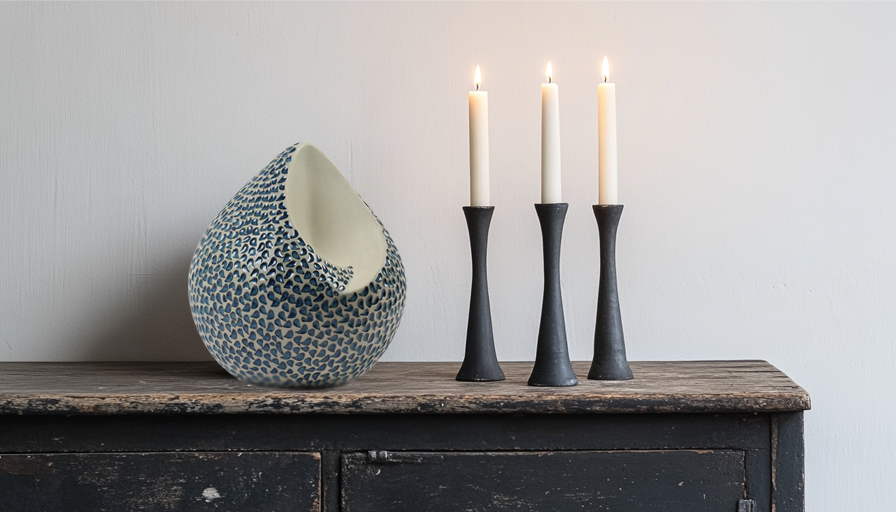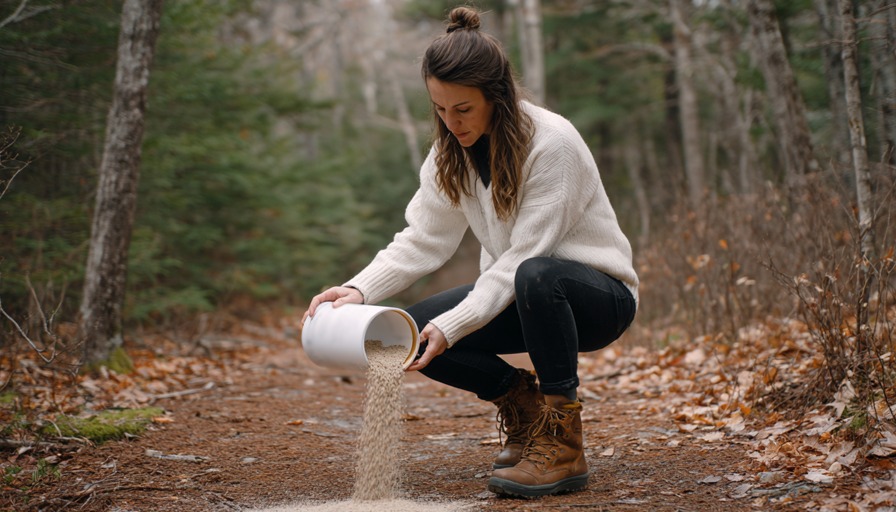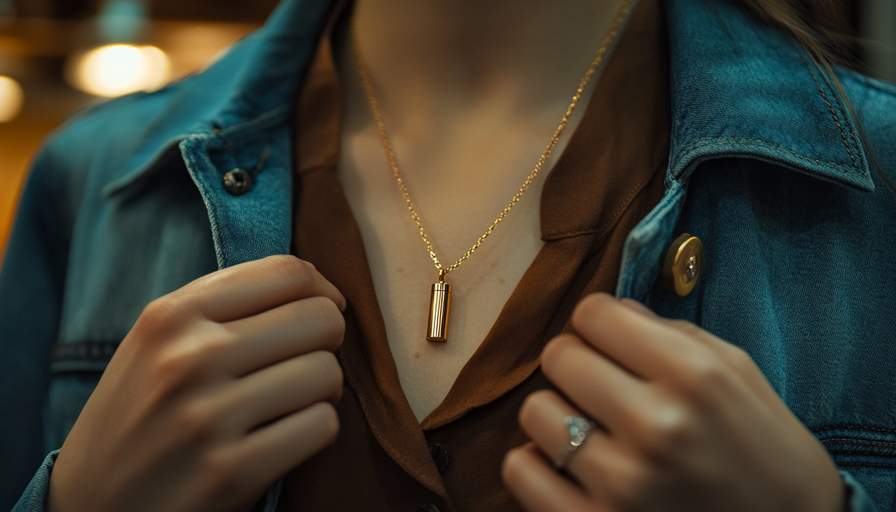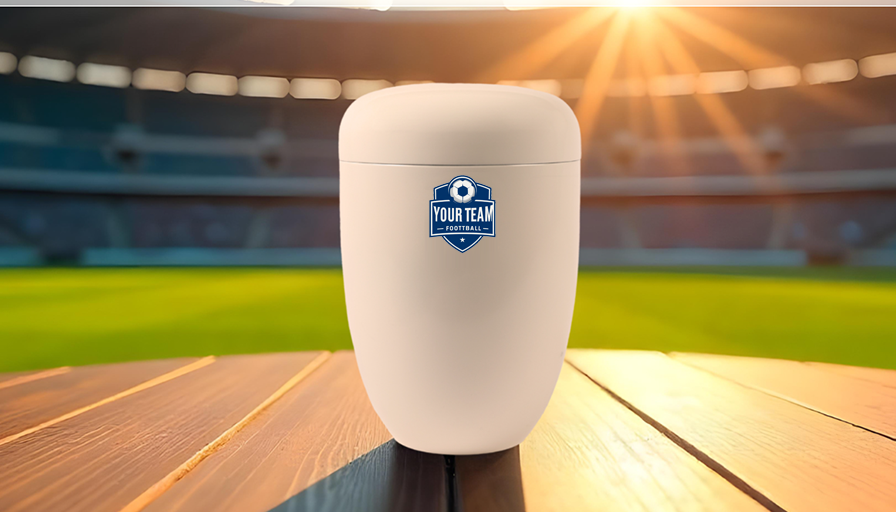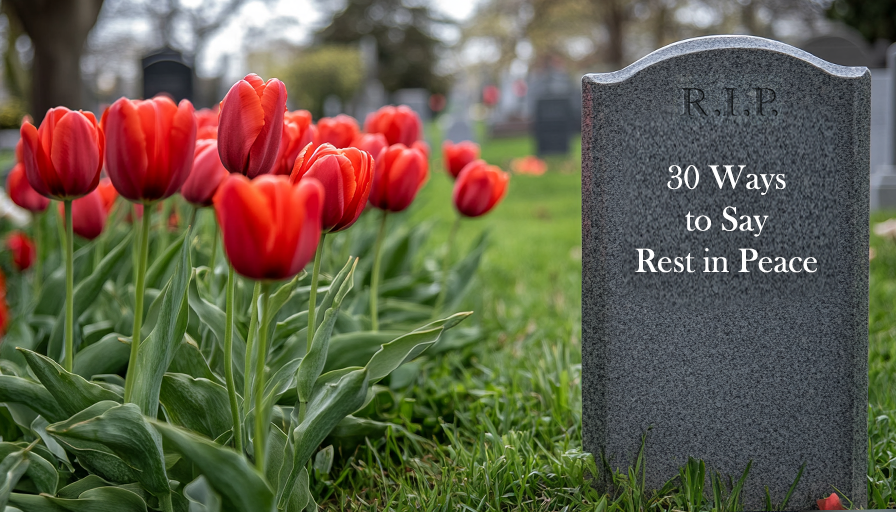What Are the Differences Between Burial Urns, Decorative Urns, and Scattering Urns?
Choosing an urn for a loved one's ashes is a deeply personal decision that reflects the preferences, traditions, and memories of the departed and their family. With various options available, it can be challenging to navigate the differences between burial urns, decorative urns, and scattering urns. This comprehensive guide will clarify the distinct purposes, features, and considerations associated with each type, helping you make an informed and meaningful choice.
Understanding Burial Urns
Burial urns, also known as cremation burial urns, are specifically designed for internment. These urns typically emphasise durability and suitability for burial in the ground or placement in a columbarium niche.
Key features of burial urns include:
- Material: Usually crafted from robust, weather-resistant materials like marble, granite, bronze, or sturdy ceramics to withstand long-term burial conditions.
- Design: Simpler and more streamlined, often rectangular or cylindrical shapes that facilitate easy placement into columbarium niches or burial plots.
- Sealing: Designed with secure, airtight seals to protect the ashes from environmental factors.
For further insights, read: Burying Ashes in the Garden or Other Informal Settings.
Exploring Decorative Urns
Decorative urns are aesthetically pleasing vessels designed not only to hold ashes but also to serve as beautiful memorial pieces displayed at home or in a special setting.
Key features of decorative urns include:
- Material: Often made from elegant materials such as fine porcelain, ceramic, hand-blown glass, bronze, brass, or wood, highlighting artistic craftsmanship.
- Design: Highly ornate and available in diverse styles, from contemporary minimalism to intricate, classical motifs. These urns often become conversation pieces.
- Functionality: Usually suitable for indoor display rather than burial, as they may not withstand outdoor elements or long-term underground conditions.
Explore more about decorative options here: Custom Urns – A Unique Urn with a Soul.
Understanding Scattering Urns
Scattering urns are specially designed to facilitate the ceremonial dispersal of ashes in meaningful locations such as a beloved garden, sea, or favourite landscape.
Key features of scattering urns include:
- Material: Typically eco-friendly and biodegradable materials like recycled paper, bamboo, or sustainably sourced wood, designed to minimise environmental impact.
- Design: Practical and lightweight, often featuring an easy-to-open mechanism such as a perforated lid or sliding panel, simplifying the scattering process.
- Portability: Compact and easy to handle, making them ideal for transportation to specific sites.
For additional guidance, see: What Can I Do with Ashes After Cremation in the UK?
Key Considerations When Selecting an Urn
When deciding between these three urn types, consider the following:
- Purpose: Reflect on the ultimate intention for the ashes—burial, display, or scattering.
- Material and Durability: Evaluate the suitability of the material based on the final placement or use.
- Personal Style: Ensure the urn resonates with the personality and preferences of the deceased and family members.
- Capacity: Confirm the urn's size aligns with the volume of ashes, typically indicated clearly by the manufacturer.
Finally
Each type of urn—burial, decorative, and scattering—has unique characteristics suited to specific memorial preferences. By understanding their differences and thoughtfully considering your needs, you can select an urn that appropriately honours your loved one's memory, whether in permanence, visual remembrance, or an intimate scattering ceremony.
To learn more, visit: Which Ashes Urns Are Suitable for Outdoors and Which Aren't.

